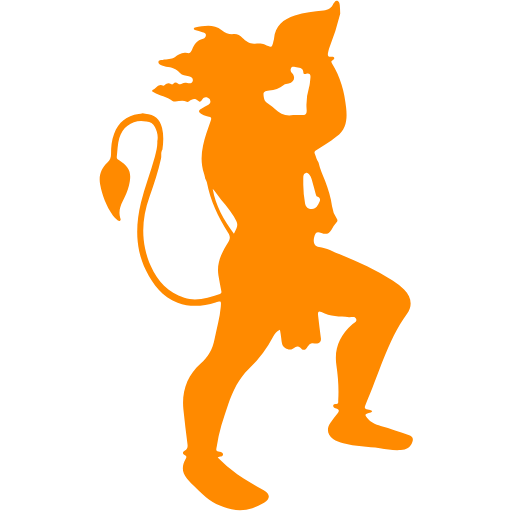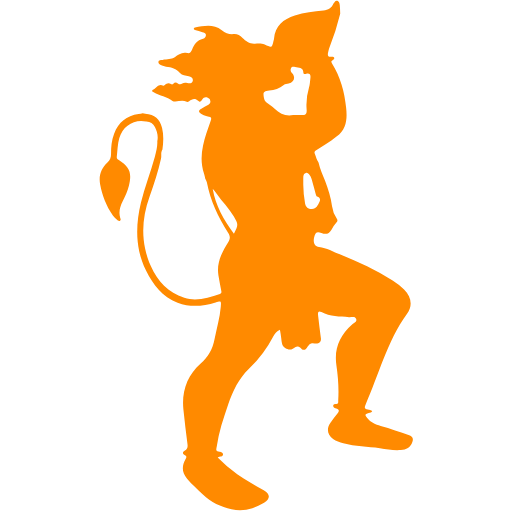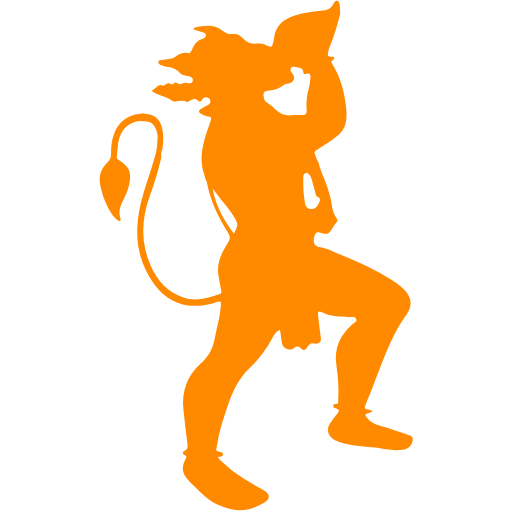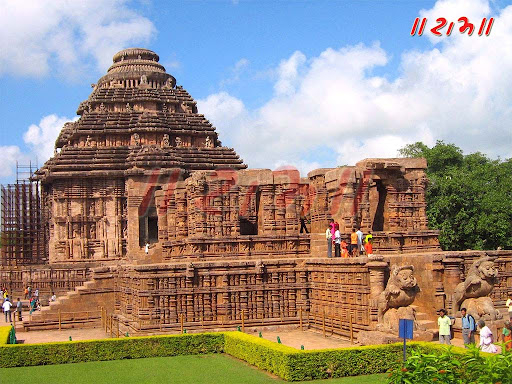osho: 21 shocking truths about the spiritual rebel’s life

Osho reveals 21 shocking truths about the spiritual rebel's life, teachings, controversies, and legacy. Discover what made him loved, hated, and unforgettable.
Osho: The Spiritual Rebel Who Shook the World
Osho – the name alone evokes curiosity, controversy, and charisma. Whether you admire him or criticize him, there's no denying the massive influence Osho had on spiritual thought in the 20th century. From his radical teachings on meditation and sexuality to his dramatic rise and fall in America, Osho was anything but ordinary.
So, who exactly was Osho? Why does his name still stir emotions decades after his death? And what are the most shocking truths about his life that most people don’t know?
In this post, we’ll explore 21 surprising revelations about Osho, uncovering a story full of spiritual brilliance, rebellion, global fame, and staggering controversy. Get ready—this journey into Osho’s world will blow your mind.

1. He Was Born into a Jain Family But Questioned Religion Early
Osho was born Chandra Mohan Jain on December 11, 1931, in a small village in Madhya Pradesh, India. Though raised in a devout Jain household, he was known from a young age for challenging authority and asking uncomfortable questions.
He wasn't your typical obedient child. He dived into meditation and self-reflection while other kids played. This spiritual intensity would shape his entire life.
2. Osho Claimed Enlightenment at Just 21
At the age of 21, while still in college, Osho experienced what he called a full spiritual awakening. According to him, this moment transformed his entire perception of life and set him on a lifelong mission to awaken others.
This wasn’t a quiet, monk-like retreat into silence. No—Osho took to the stage, lecturing, debating, and challenging traditional Hindu, Jain, Buddhist, and Christian teachings alike.
3. He Was a Brilliant Academic and Public Debater
Osho earned a Master’s degree in Philosophy from the University of Saugar with top honors and was the All-India Debating Champion. He later taught at the University of Jabalpur, but his ideas were too radical for academia. By 1966, he left the university to pursue a spiritual path full-time.
4. Neo-Sannyas: A New Kind of Monkhood
In the early 1970s, Osho introduced the concept of Neo-Sannyas—a reimagined form of the ancient Indian idea of sannyasa (renunciation). Unlike traditional sannyasis who renounced the material world, Osho’s sannyasins lived in the world—working, loving, and exploring—with detachment, not denial.
🧘 Key Ideas of Neo-Sannyas:
-
No need to escape the world to be spiritual
-
Embrace materialism without attachment
-
Use meditation to awaken inner awareness
-
Renounce mental conditioning, not possessions
5. Dynamic Meditation: The Mind-Blowing Technique
Osho’s most famous contribution to spiritual practice is Dynamic Meditation. Unlike the passive, silent meditation found in most traditions, this method is intense, physical, emotional, and deeply cathartic.
🔄 Osho’s Dynamic Meditation Has 5 Stages:
-
Chaotic breathing
-
Emotional catharsis (screaming, laughing, crying)
-
Jumping and shouting the mantra “Hoo!”
-
Complete stillness
-
Celebration and dance
Psychologists, healers, and spiritual seekers worldwide embraced this method for its raw, transformative power.
6. He Encouraged Free Love and Sexual Freedom
Unlike most Indian gurus who taught celibacy and restraint, Osho openly embraced sexuality as a sacred, spiritual force. He believed that suppressing sexual energy was unhealthy and led to guilt and repression.
He advocated for:
-
Open relationships (free love)
-
Conscious sexual exploration
-
Living without shame
This radical view attracted global attention—and criticism.
7. He Attracted a Global Audience by the 1970s
By the early '70s, Western seekers flocked to India, curious about Osho’s fearless approach to spirituality. His Poona Ashram became a hub for spiritual growth, attracting psychologists, artists, and professionals from around the world.
The Poona Ashram offered:
-
Meditation retreats
-
Psychotherapy workshops
-
Group sessions blending East and West
-
Daily discourses on sacred texts and modern issues
8. Osho Was a Prolific Speaker and Author
From 1974 to 1981, Osho gave daily 90-minute discourses, alternating between Hindi and English. His topics ranged from Upanishads and Zen to Jesus, Krishna, and modern psychology.
These discourses were transcribed into over 600 books, making him one of the most widely published spiritual authors in history.
He didn’t just talk about God—he questioned the very need for organized religion.
9. He Moved to the U.S. and Built a City – Literally
In 1981, Osho moved to the U.S. and founded Rajneeshpuram, a city-sized commune in Oregon on a 64,000-acre ranch. This wasn’t just an ashram—it had its own schools, airport, restaurants, fire station, and even a mall.
The commune thrived initially, attracting 15,000 visitors to its annual festival and generating millions in revenue.
10. Osho’s Secretary, Ma Anand Sheela, Was Involved in a Bioterror Attack
In 1984, followers of the commune, under the leadership of Ma Anand Sheela, executed the largest bioterror attack in U.S. history, poisoning salad bars in The Dalles, Oregon. Over 700 people fell ill.
Sheela fled, was later arrested, and served time. Osho condemned her actions and exposed her crimes—but the damage was done.
11. He Was Deported and Banned from 21 Countries
In 1985, Osho was arrested for immigration fraud. Fearing a drawn-out legal battle and the threat of imprisonment, he accepted deportation.
He then became a spiritual nomad. Country after country—21 in total—refused him entry. Even the U.S. allegedly pressured other nations to keep him out.
He finally returned to India in 1986.
➡️ Coming Up in the next section…
-
Osho's mysterious name change and final teachings
-
His revolutionary White Robe Brotherhood
-
Why he rejected marriage and religion
-
The legacy that still echoes across 80+ countries
-
Was he a guru or a manipulator? We unpack the lasting debate

12. Osho Dropped the Name “Rajneesh” and Became Simply “Osho”
In 1989, shortly before his death, Osho dropped the name “Bhagwan Rajneesh” and embraced simply “Osho.”
Why the Change?
-
He explained that “Osho” came from ‘oceanic’ – a term used by William James to describe the feeling of dissolving into the divine.
-
He later discovered that in ancient Japanese Zen, “Osho” also meant “The Blessed One, on whom the sky showers flowers.”
This change symbolized a fresh beginning, marking his final rejection of labels, identities, and organized belief systems.
13. The White Robe Brotherhood: A Spiritual Revolution in Silence
In the final phase of his life, Osho introduced the concept of the Osho White Robe Brotherhood. This wasn’t a cultish secret society, but a spiritual movement that emphasized:
-
Wearing white robes for unity and simplicity
-
Silent evening meditations with music, stillness, and celebration
-
A new kind of global brotherhood based on consciousness, not religion
This quiet, non-verbal communion offered a deep spiritual contrast to the chaos and drama that had surrounded his earlier years.
14. He Introduced “The Mystic Rose” Meditation
In 1988, Osho introduced a revolutionary technique called The Mystic Rose.
The Three-Week Process:
-
Week 1: 3 hours of laughter daily
-
Week 2: 3 hours of crying daily
-
Week 3: 3 hours of silent witnessing
The idea was simple: cleanse the heart through deep emotional release and reconnect with the inner child.
15. He Considered Poverty a Religious Disease
Osho shocked the world by saying that poverty was glorified by religions to control people. Unlike many Indian mystics who renounced wealth, Osho didn’t shy away from luxury.
He owned:
-
Over 90 Rolls-Royce cars
-
Jewel-studded watches
-
A commune that generated millions annually
To Osho, wealth wasn’t evil—it was a tool. He saw no conflict between spiritual awakening and material abundance.
16. He Rejected Marriage, Monogamy, and Traditional Family Structures
Osho believed that marriage was an outdated institution, more about control than love.
His Views:
-
Love should be free, not contractual
-
Family creates emotional conditioning
-
Children should be born by choice, not chance
He supported contraception and abortion, even inside his communes, to prevent unwanted birth and preserve the environment of spiritual focus.
17. He Saw Other Religions as “Failed Experiments”
In Osho’s view, the organized religions of the world had failed to bring humanity closer to enlightenment.
His Critique:
-
Religions worship tradition, not truth
-
They instill guilt, fear, and repression
-
Real spirituality lies beyond dogma
He wasn’t attacking the mystics of those religions—but the institutions that distorted their teachings.
18. The Netflix Documentary “Wild Wild Country” Rekindled Interest
In 2018, Netflix released Wild Wild Country, a six-part documentary that explored the rise and fall of Rajneeshpuram. It shocked viewers with:
-
The bioterrorism plot
-
Osho’s lavish lifestyle
-
The manipulations of Ma Anand Sheela
Suddenly, Osho was back in the spotlight, sparking global debates about cults, control, and freedom.
19. Today, His Movement Spans Over 80 Countries
Despite all the controversy, Osho’s influence has only grown. His books are available in 50+ languages, and Osho Meditation Centers thrive globally.
These centers offer:
-
Meditation retreats
-
Yoga and wellness programs
-
Corporate mindfulness training
-
Translations of his teachings for modern seekers
From Silicon Valley entrepreneurs to spiritual beginners, millions continue to explore his ideas.
20. He Died in 1990, But His Ashram Still Draws Thousands
Osho left his body on January 19, 1990. His final resting place is at the Osho International Meditation Resort in Pune, which has become:
-
A pilgrimage site for global followers
-
A spiritual and wellness resort
-
A place of silence, meditation, and celebration
His tomb reads:
“Never Born. Never Died. Only Visited This Planet Earth Between 11 December 1931 – 19 January 1990”
21. Guru or Manipulator? The Debate Continues
Even today, Osho remains a polarizing figure.
His Supporters Say:
-
He was a mystic genius, misunderstood by society
-
His teachings have transformed millions
-
He exposed religious hypocrisy
His Critics Say:
-
He was a cult leader, intoxicated by power
-
His lifestyle contradicted his message
-
He manipulated his followers
The truth? Perhaps a mix of both. Or something entirely beyond categorization—just like Osho himself.
🧘 Final Thoughts: The Timeless Enigma of Osho
Love him or loathe him, Osho changed the landscape of modern spirituality. He dared to question everything: God, society, marriage, sex, money, and even himself. He lived on his own terms and invited others to do the same.
He didn’t give answers. He gave questions that broke mental cages.
If you're searching for something deeper—something beyond religion and rebellion—Osho’s teachings might just be your next step.
Curious about what it’s like to meditate the Osho way? Try Dynamic Meditation or visit an Osho Meditation Center near you. Or simply pick up a copy of his book “Courage: The Joy of Living Dangerously” and begin your journey today.








